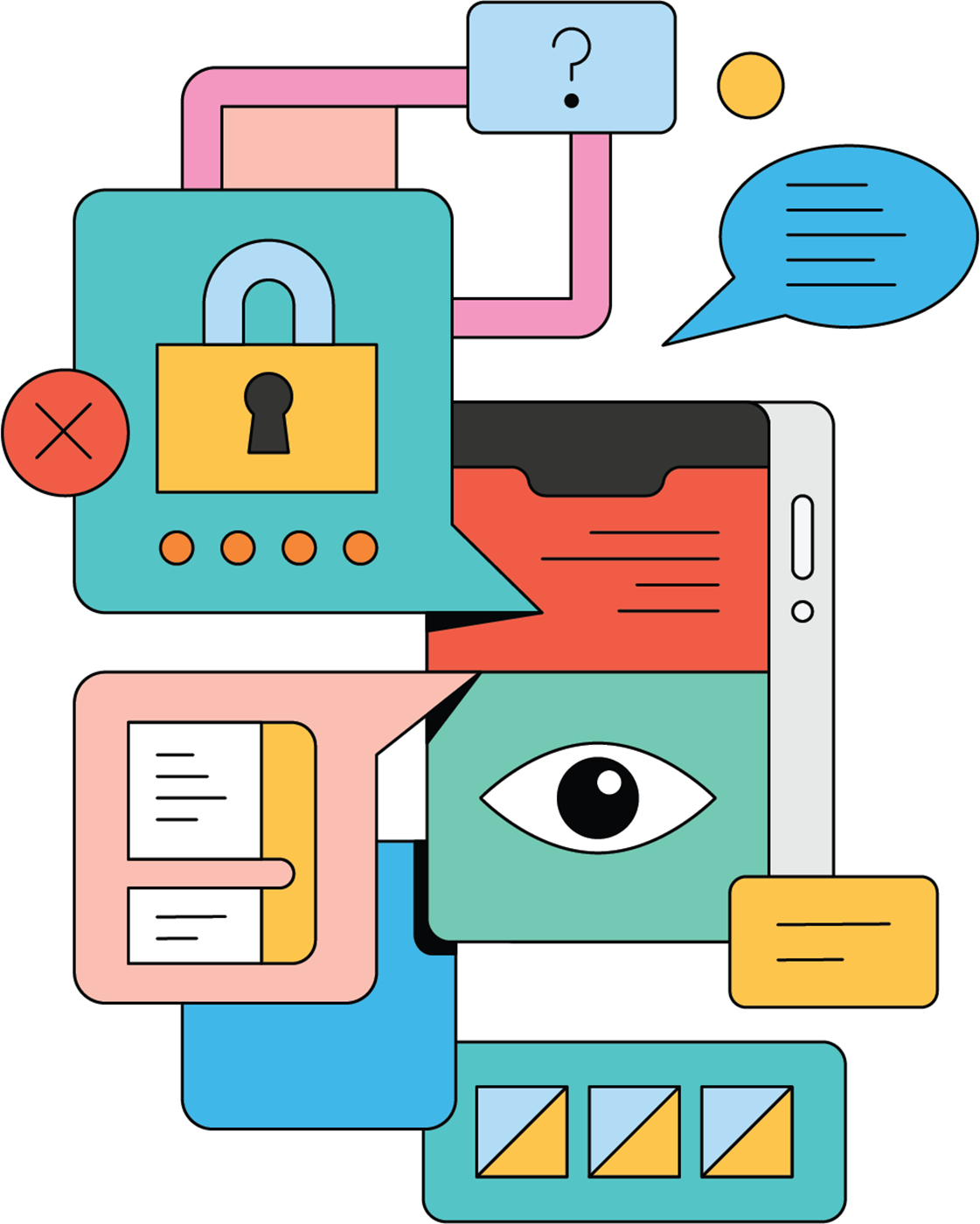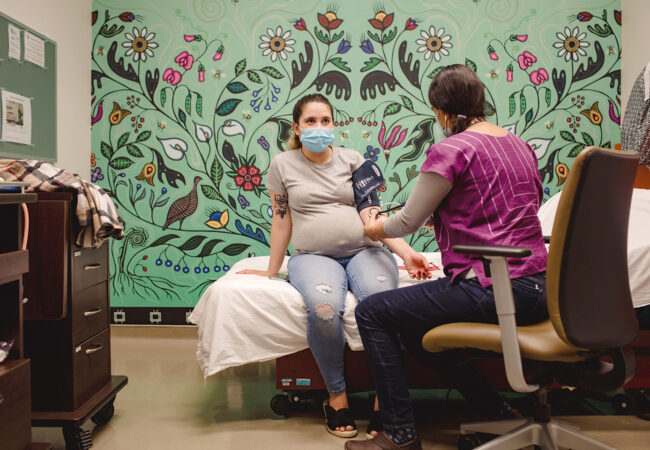When COVID-19 led to stay-home orders across Canada, our need for connectivity ramped up rapidly and many Canadians had to adapt to living and working virtually almost overnight.
Apps and technology have been lifesavers throughout the pandemic – both in the literal and figurative sense. Many countries adopted different models of contact tracing apps to help curb the spread of the virus, and other emerging trends like remote work, distance learning, online shopping and robot deliveries, online entertainment and telehealth have allowed us to stay connected to our everyday lives. But with these major shifts, some new lines of questioning around privacy, security and consent loom.
“We’ve gone through a rapid digitization on two fronts: one is the creation of technologies for adoption and the other is the adoption by citizens,” says Sumit Bhatia, director at the Rogers Cybersecure Catalyst at Ryerson. The challenge, he says, is addressing what sort of oversight can be provided as adoption accelerates and our lives move increasingly online. “The policy laws in Canada are now back under consultation. We’ve certainly seen that the privacy commissioner’s office is taking steps toward figuring out what advancement looks like.”
For citizens, this will mean that as we seek new apps for entertainment or to make our lives easier, transparency and education need to follow. “Many don’t put enough time into digging into the privacy policies of these apps to see how their data will be used,” Bhatia says. When users are faced with lengthy terms of service agreements, there’s the tendency to agree without knowing what our signatures sign away. “I always separate consent from meaningful consent, and that comes with transparency and education. At the Catalyst we’re paying attention to apps and how data is being used, because not only are we concerned about data and privacy but also about the influence that these systems hold in guiding the narrative around the pandemic and other major global issues.”
Richard Lachman, Ryerson’s director of zone learning, says this lack of understanding can lead to mistrust in apps, including ones developed to work in the service of public health like Canada’s contact tracing app. Lower uptake rates may result. “Not everyone is treated equally by the law and when there are questions around how this data could be queried now or in the future, not everyone is going to download the contact tracing app,” Lachman says, even if Canada has done great work in terms of privacy, data minimization and transparency.
Building trust and transparency among users will be a trend to watch, and Lachman says apps that address this in myriad ways may emerge as we continue to navigate our digital world. “Something we might see that emerges from this interest in supporting local are more co-op models. As an alternative to Uber Eats, for example, if all the restaurants in Toronto got together, they could fund the development of an app that takes smaller fees from restaurants or those fees are absorbed in a membership fee or something. Many people are using those delivery apps not because they want to support Uber Eats but because they want to support their local restaurant.”





